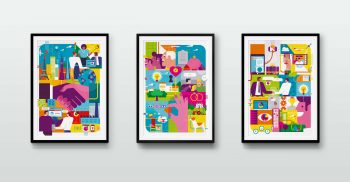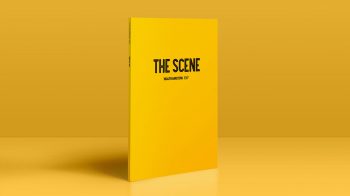Frothing Sumatra: Starbucks, positioning and the big idea
On the high street today there is an excellent example of how a single strong, ‘big’ idea, can create a truly powerful brand. And it’s Starbucks, the brand that’s changed the way the world drinks coffee.
Originally a single coffee store in Seattle’s Pike Place Market, selling coffee to the market traders and their customers, Starbucks changed forever in 1981, when Howard Schultz (soon to be owner, chairman, president and chief executive officer) first walked in and bought a cup of frothing Sumatra. With the help of some local Seattle investors and a few corporate moves and shakes later he bought the business and the rest is history.
From the moment Schultz took control, Starbucks set out to be a different kind of company, one that not only celebrated coffee and its rich tradition, but also brought a feeling of connection. Schultz had a vision, to bring the Italian coffee-house tradition to the United States. A place for conversation and a sense of community, that third place between work and home.
Its mission was ‘to inspire and nurture the human spirit – one person, one cup, and one neighbourhood at a time’. And in just over three decades, Starbucks’ offering of distinctive blends of quality coffee, neighbourly camaraderie and unique coffee-house culture has helped it to become the most famous specialty coffee shop chain in the world.
How did they do this? One insight comes from the man himself, in his book Onward; Schultz says, ‘Success is not sustainable if it is defined by how big you become. Large numbers that once captivated me – 40,000 stores – are not what matter. The only number that matters is ‘one’. One cup. One customer. One partner. One experience at a time’.
The company has always focused with great detail on personalising what the customer actually feels in its stores, making those experiences as relaxing and enjoyable as possible. And then replicating them as consistently as it can, across all its stores and its product, one cup at a time.
Through this experiential brand philosophy Schultz and his company have created a cultural shift in the way we consume coffee. For him, it was never really about the coffee, but everything about the experience, and is a perfect example of how one man’s ‘big idea’ came to create one of the world’s most powerful brands.















